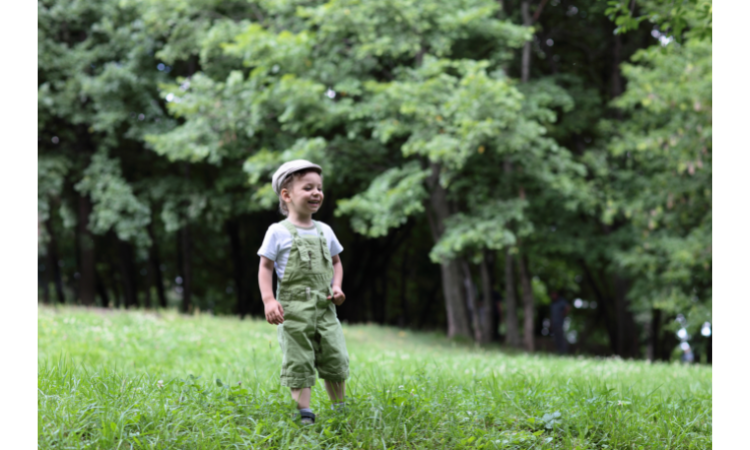A toy is an object that is used for play, typically by children. Toys come in many forms, such as action figures, dolls, games, puzzles, and stuffed animals. The production of toys involves several steps, including design, prototyping, manufacturing, and quality control.
- Design: The first step in the production process is the design of the toy. This includes creating the overall appearance and functionality of the toy, as well as determining the materials that will be used to make it. The design process also includes determining the target age range and audience for the toy.
- Prototyping: Once the design is complete, a prototype of the toy is created. This prototype is used to test the design and make any necessary changes before mass production begins. The prototype may undergo several rounds of testing and revisions before it is considered ready for production.
- Manufacturing: After the design and prototyping phase is completed, the toy moves into the manufacturing phase. This involves creating the molds and tools needed to produce the toy and then using these tools to mass-produce the toy. The manufacturing process can vary depending on the type of toy being produced, with some toys being made by hand and others being made using automated machinery.
- Quality control: After the toy is manufactured, it goes through a rigorous quality control process. This includes inspecting the toy for any defects or issues, as well as testing the toy to ensure that it meets safety standards. Any issues that are found during the quality control process are corrected before the toy is packaged and shipped.
- Packaging and shipping: Once the toy has passed all the required tests, it is packaged and shipped to retailers or customers.
In conclusion, the production of toys involves several.
